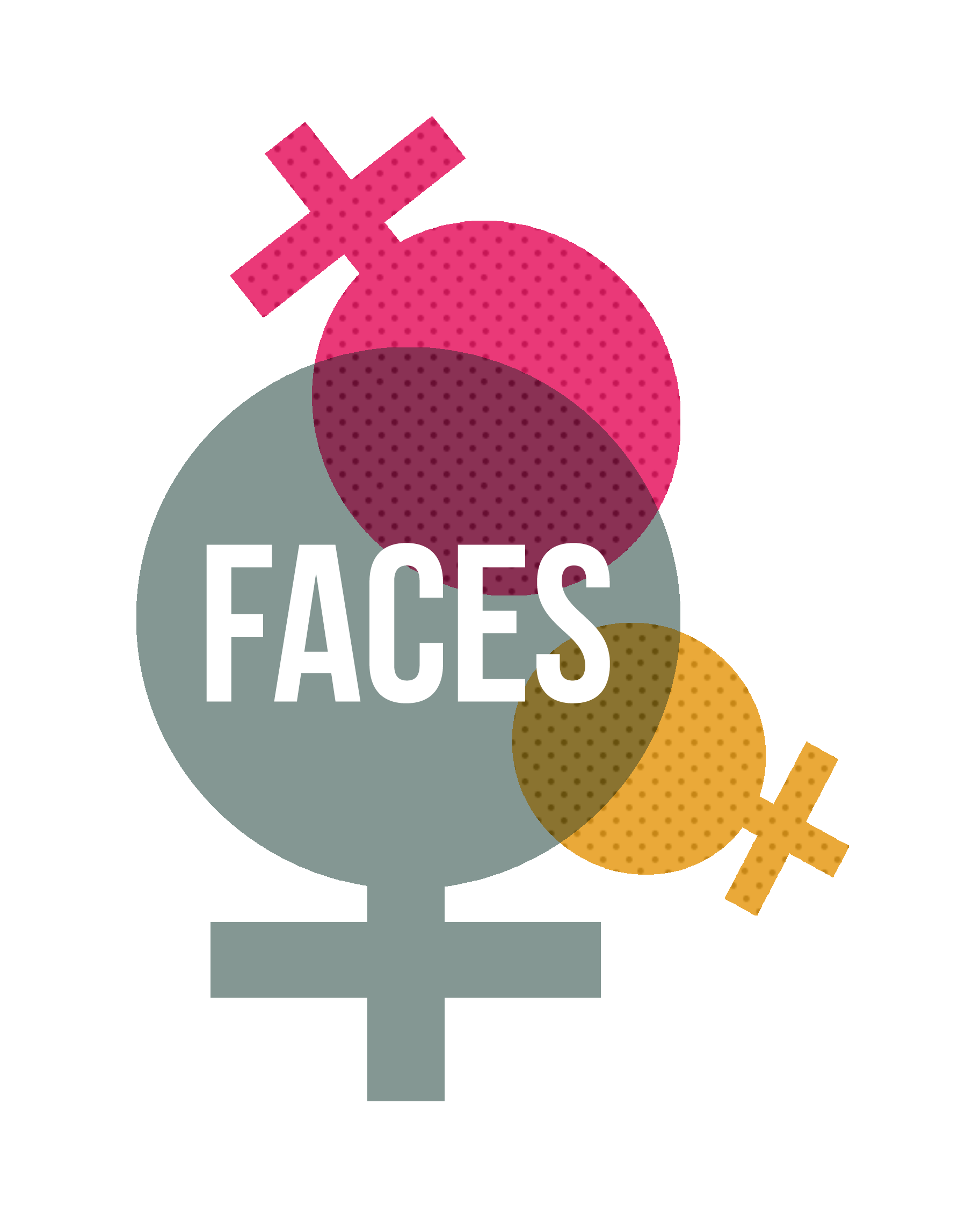Many of these farms have their own microclimates, which results in a wide range of flavor profiles. One of the few countries that produce only Arabica beans, Colombia has the ideal terrain and climate for growing coffee plants. Typically, beans are grown at an elevation of 5,000 to 6,500 feet to produce a range of well-balanced and smooth medium-bodied coffees.
There are some 70 coffee producing countries across the coffee belt, but only around 50 grow coffee for export. Angola used to be the third-biggest coffee producer in the world, but the civil war caused the production to plummet and today, they’ve fallen to the 39th place. Although coffee arrived in Panama around the same time as many other Central American countries (the early 19th century), coffee farming never really took off.
Historically, Venezuela was a huge producer of cocoa and tobacco on slave plantations and coffee farming followed a similar model. To try and reduce production costs, much of the Robusta coffee crop is dried on the trees before harvesting. Plus, around 83% of Ecuador’s exported coffee is naturally processed. The coffee price crash in the late 90s hit the Ecuadoran coffee industry hard. But it has since recovered, with coffee even surpassing oil, shrimp, and bananas in terms of exports.
The first commercial production of coffee in El Salvador was in the 1850s. But, thanks to the invention of chemical dyes, indigo was rapidly losing value so the El Salvadoran government was looking for ways to replace indigo. Initially, coffee was grown on large estates under British colonial rule and exported to London to be auctioned off. This moved the sale of coffee back to Kenya and established the Kenyan Coffee Board. Large investments from England resulted in the creation of the Anglo-Costa Rican Bank in 1863. This bank provided finance for the coffee industry to grow further.
The 8 Sweetest Coffees to Satisfy Your Sweet Tooth
Another major coffee-producing nation in Central America is Nicaragua. Producing 140,400 metric tons (310,000,000 pounds) of coffee, Nicaragua accounts for 1.3% of the world’s coffee. Sliding down the ranks in eleventh place is Guatemala in Central America.
- Here’s a breakdown of the numbers with extra data on arabica and robusta production.
- Coffee is one of the world’s most popular drinks, and it is produced in more than 50 countries.
- Arabica is found around the borders with Kenya to the east, Rwanda to the southwest, and Congo in the western and northern areas.
- The process of collecting and harvesting the beans is rather intensive, and the result is one of the most expensive coffee beans in the world.
- “Monsooned” coffee beans absorb a lot of moisture from the air before roasting.
- All the coffee grown in Peru is of the superior arabica variety.
Top 10 Steel Producing Countries in the World
The United States, Germany, Italy, Japan, and Belgium are the top importers of Brazilian coffee. While they do grow some arabica varieties, the majority of the coffee grown in Laos is of the robusta species. But more recently, Uganda has started to produce some really interesting arabica coffees, too. Legend has it that Kaldi observed his goats eating coffee beans, and noticed that it made them energized and kept them awake at night. So, he decided to try them for himself, and that’s how it all began.
There are of course other countries around the world that grow coffee, but these are the most notable coffee producers out there. So, if you are wondering which country produces the most coffee, first ask whether you are looking for quantity or quality. Whilst Vietnam is undoubtedly one of the biggest coffee producers by volume, they aren’t in terms of quality whole-bean coffee. Though it’s definitely possible to order (many) delicious cups of coffee in Vietnam.
Coffee Producing Countries 2024
The plant was first brought to Brazil in the early 18th century by French settlers. With the rise in popularity of coffee among Europeans, Brazil became the world’s largest producer in the 1840s and has been ever since. Kenya also produces 39,000 metric tons (86,000,000 pounds) of coffee, accounting for almost 0.4% of the world’s coffee. Another Central American country that is very popular among consumers is the country of El Salvador, producing 39,000 metric tons (86,000,000 pounds) of coffee.
Today, 95% of coffee farms in Papua New Guinea are smallholders, producing around 90% of the country’s coffee. However, between 1840 and 1940 there was significant government and foreign investment in the Nicaraguan coffee industry. This created a Coffee Boom in Nicaragua, leading to the creation of huge foreign-owned farms and coffee became the principal export of the country.
Coffee production is incredibly crucial to the economy, and it’s one of Peru’s top exported crops. Peruvian coffee has a similar flavor profile to other South American coffee beans, with more chocolate and nutty tones that make it stand out. Guatemala produces around 204,000 metric tons of coffee annually, grown in a handful of key regions. The Antigua region creates the most sought-after specialty coffee bean, known for its volcanic soil and somewhat predictable weather. Almost all the coffee in Guatemala is Arabica and grown in the shade. Each region has its own signature flavor profile due to the changes in temperature and elevation.
However, by 1956, coffee from specific regions was being exported and the farmers in these regions became increasingly more organized, starting their own processing mills. The measurement for coffee production worldwide is the number of 60kg bags produced each year. Which is slightly easier to wrap our heads around than metric tons. More than 50 largest producer of coffee in the world countries around the world grow coffee to keep us all caffeinated to the tune of more than 2.25 billion cups of coffee every day.

No responses yet